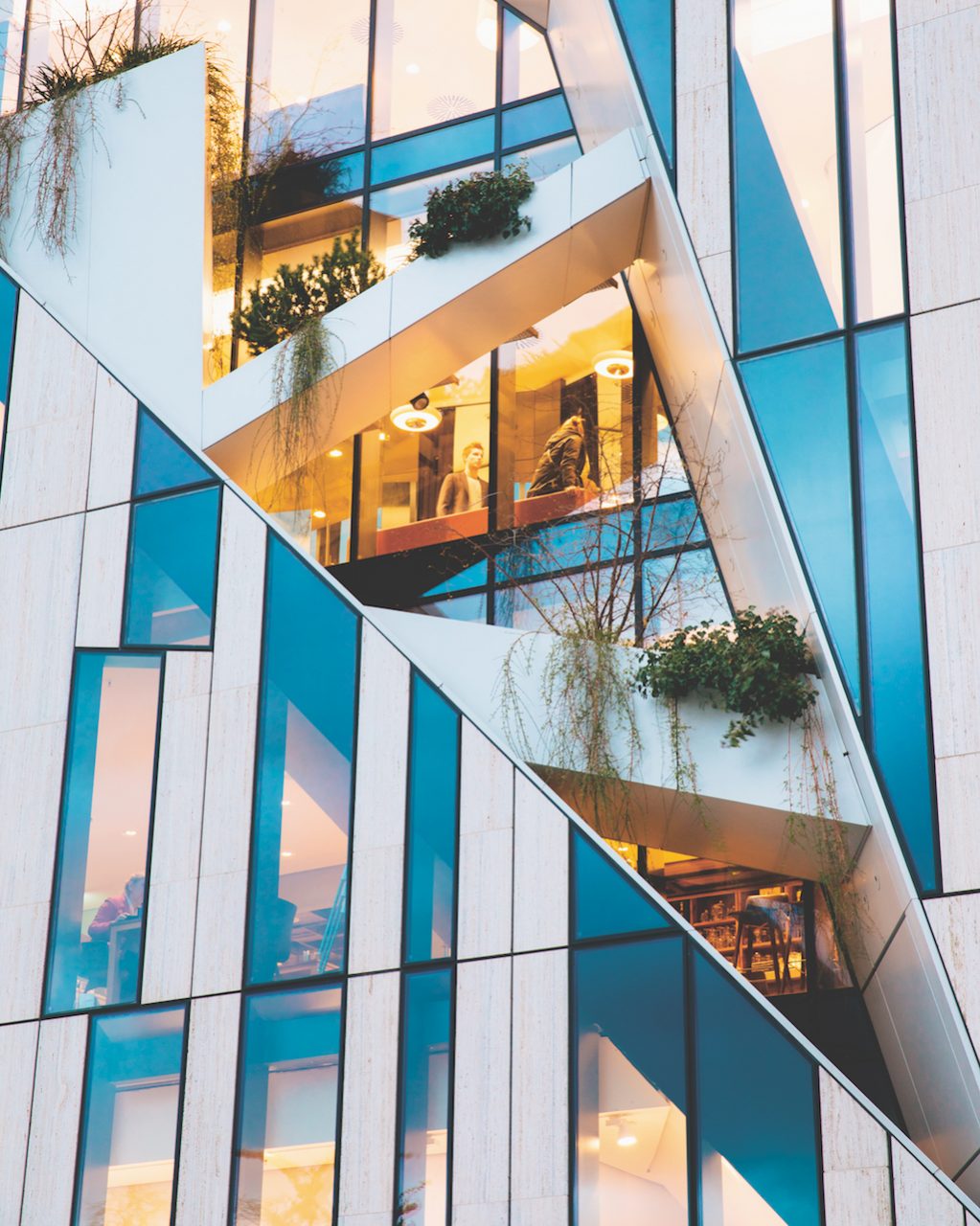
Light-flooded halls, polished concrete floors and a forest of fashionably corroded steel beams – for Walter Gehlen, founder and director of Art Düsseldorf, the industrial flair of a former steel factory presented the perfect backdrop to showcase contemporary art. “When we first saw the Areal Böhler, we instantly knew that someone would bring an arts event here,” Gehlen says of the imposing red brick building. “That gave us the impulse to realise our dream and establish a high-quality art fair here in Düsseldorf.”
Gehlen, a sleek Düsseldorf native with an impressive, well-groomed beard, instantly made waves with the first edition of Art Düsseldorf in November 2017. This year, more than 90 German and international galleries will return to exhibit at the Areal Böhler from November 15 to 17. In just two years, Art Düsseldorf has earned itself a rare spot in the sought-after events calendar of elite collectors and art aficionados.
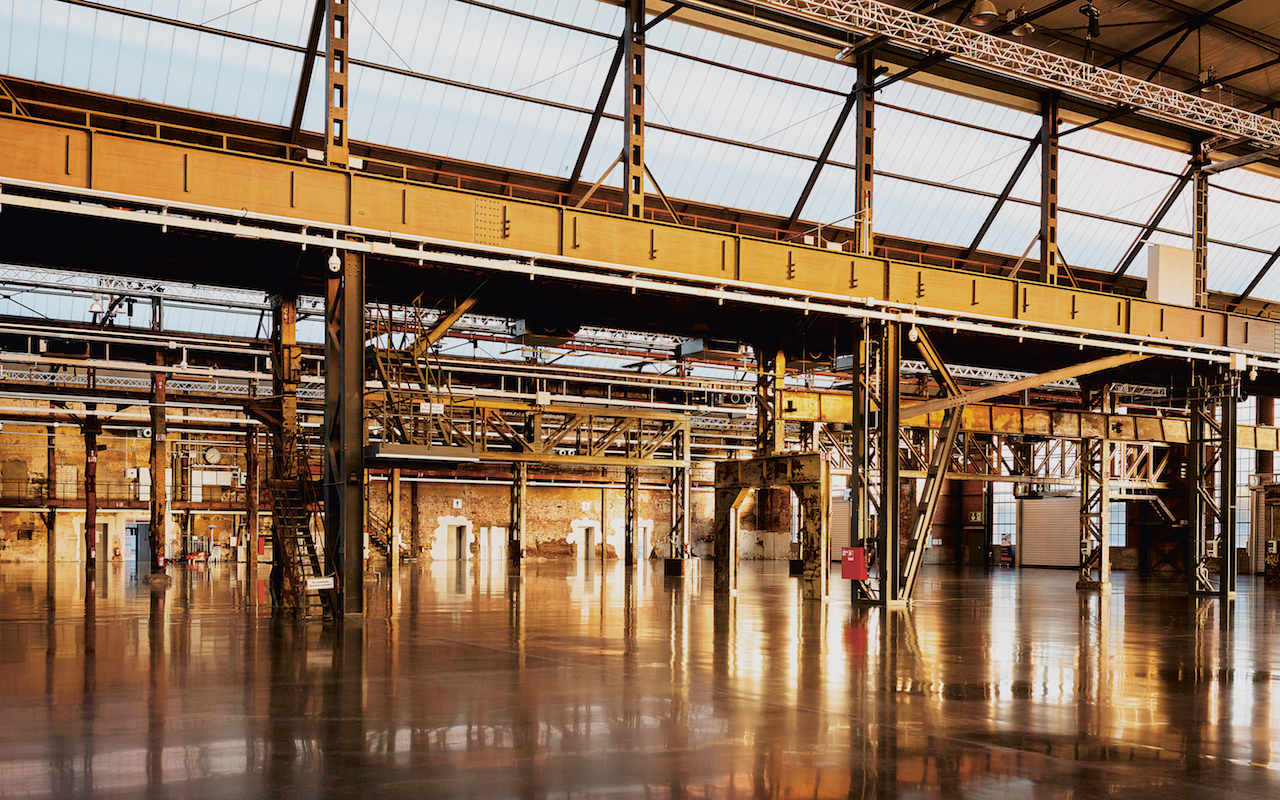
This success is not just down to the city’s rising status in the art world. Places like the Areal Böhler have played a major role too. “The location of an art fair is becoming ever more important,” Gehlen stresses. “With the Areal Böhler, we found an exciting space that is also a fantastic example of the city’s – and region’s – structural change from industrial to cultural powerhouse.”
The art fair is just the latest example of how Düsseldorf’s commitment to inventive new spaces and balanced city planning has helped establish it as a new cultural hub and a destination for connoisseurs of art and architecture. As Gehlen puts it, “There is a new energy in the city. Düsseldorf has become cool.”
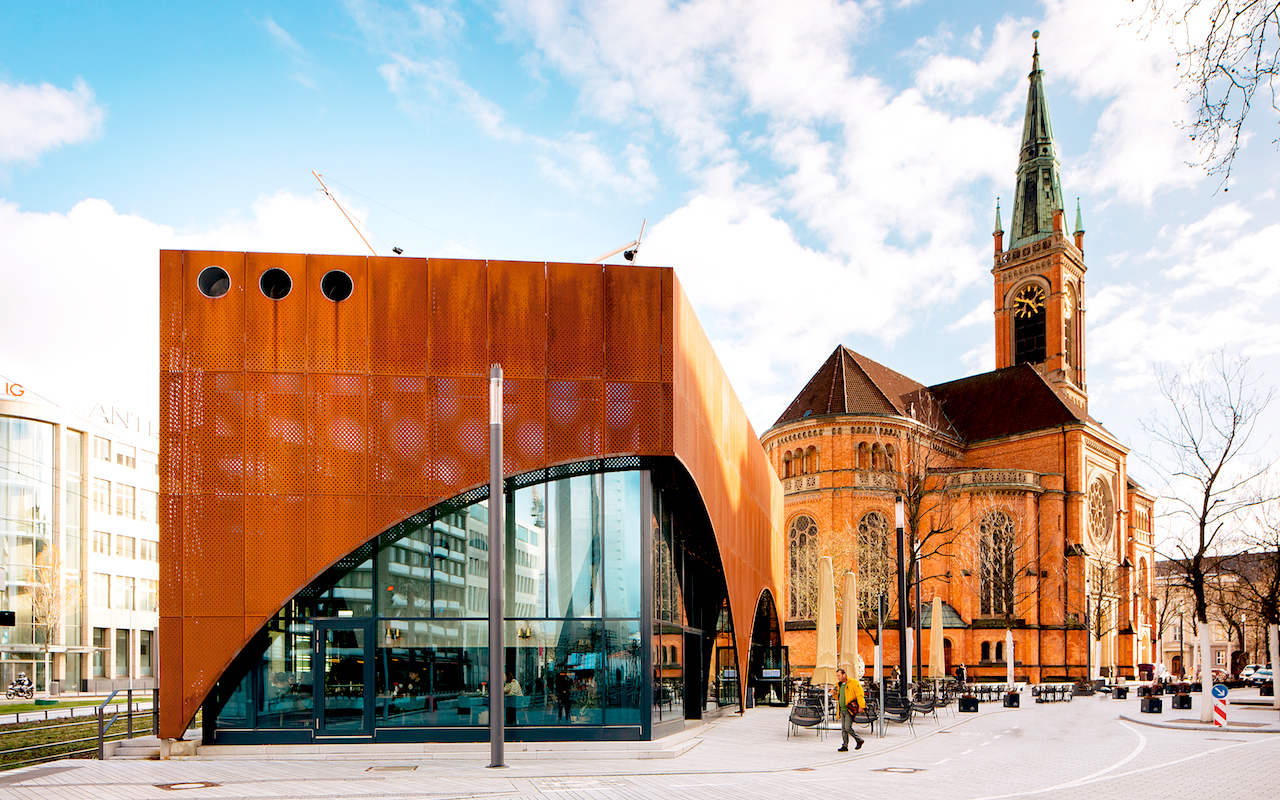
In the annual Mercer Quality of Living report that looks at factors such as housing, safety, education and recreation, Düsseldorf – with just over 600,000 inhabitants – claimed sixth spot out of 231 global cities. To find out why, you just need to embark on a shopping spree around the famous Königsallee, commonly referred to as Kö. The wide, tree-lined street used to be the enclosure for the city’s old town. Today, it is an integral part of Düsseldorf’s DNA, where well-heeled locals mingle outside chic boutiques and galleries. Indeed, Düsseldorf natives have perfected the art of bumping into one another to catch up on the latest talk of the town – giving public spaces a village-like feel.
Yet, despite that laid-back charm, the city on the Rhine is an increasingly cosmopolitan hub that benefits from a strategic location within Europe’s economic heartlands. It’s particularly evident in the architecture of Düsseldorf, which seems to epitomise this new dynamism, as evident on a stroll through the recently regenerated city centre around the Kö. Marvel at the stunning renovated Dreischeibenhaus tower block and Schauspielhaus theatre, two beautiful examples of the city’s Mid-Century Modern style; the playful mastery of verticals and horizontals of the Kö-Bogen, an assemblage of upmarket shops and offices created in 2014 by famous architect Daniel Libeskind; or the stylish edges and planned green terraces of the so-called “Ingenhoven Valley” shopping mall, a pair of wide-sloped buildings designed by architect Christoph Ingenhoven, that will open next year.
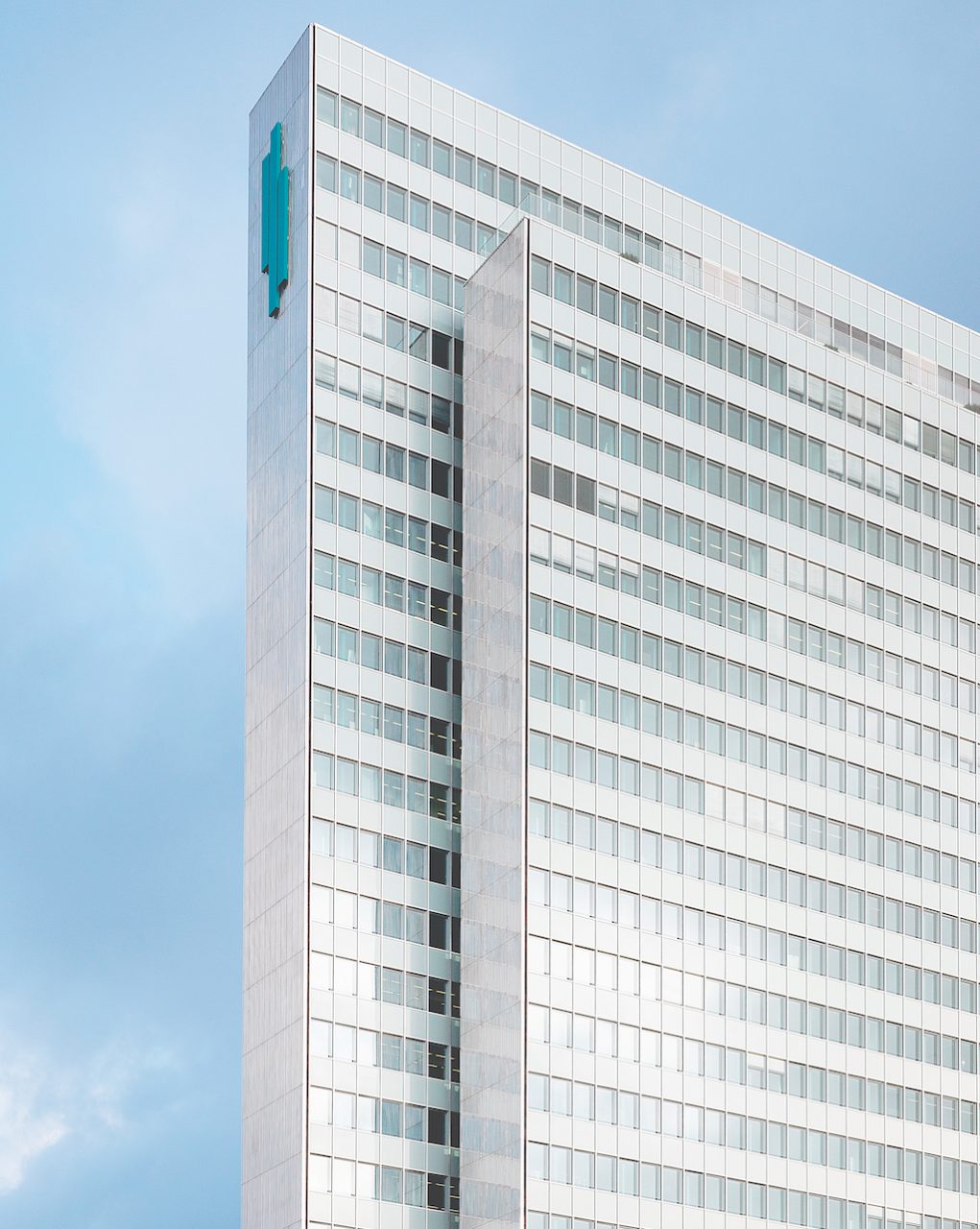
But Düsseldorf’s new developments have ventured beyond the mere spectacular – something that is welcomed by Juan Pablo Molestina. “Creating a city worth living in is not just about impressive buildings,” says the elegant fifty-something architect and dean of the Peter Behrens School of Arts at the University of Düsseldorf. He is standing in front of his recently completed pavilion at Martin-Luther-Platz that just won the Wooden Building Award of North Rhine-Westphalia. “It recreates the old proportions of the square, while corresponding to both the red-brick St John’s Church next door and the Dreischeibenhaus some 500 metres away,” he says.
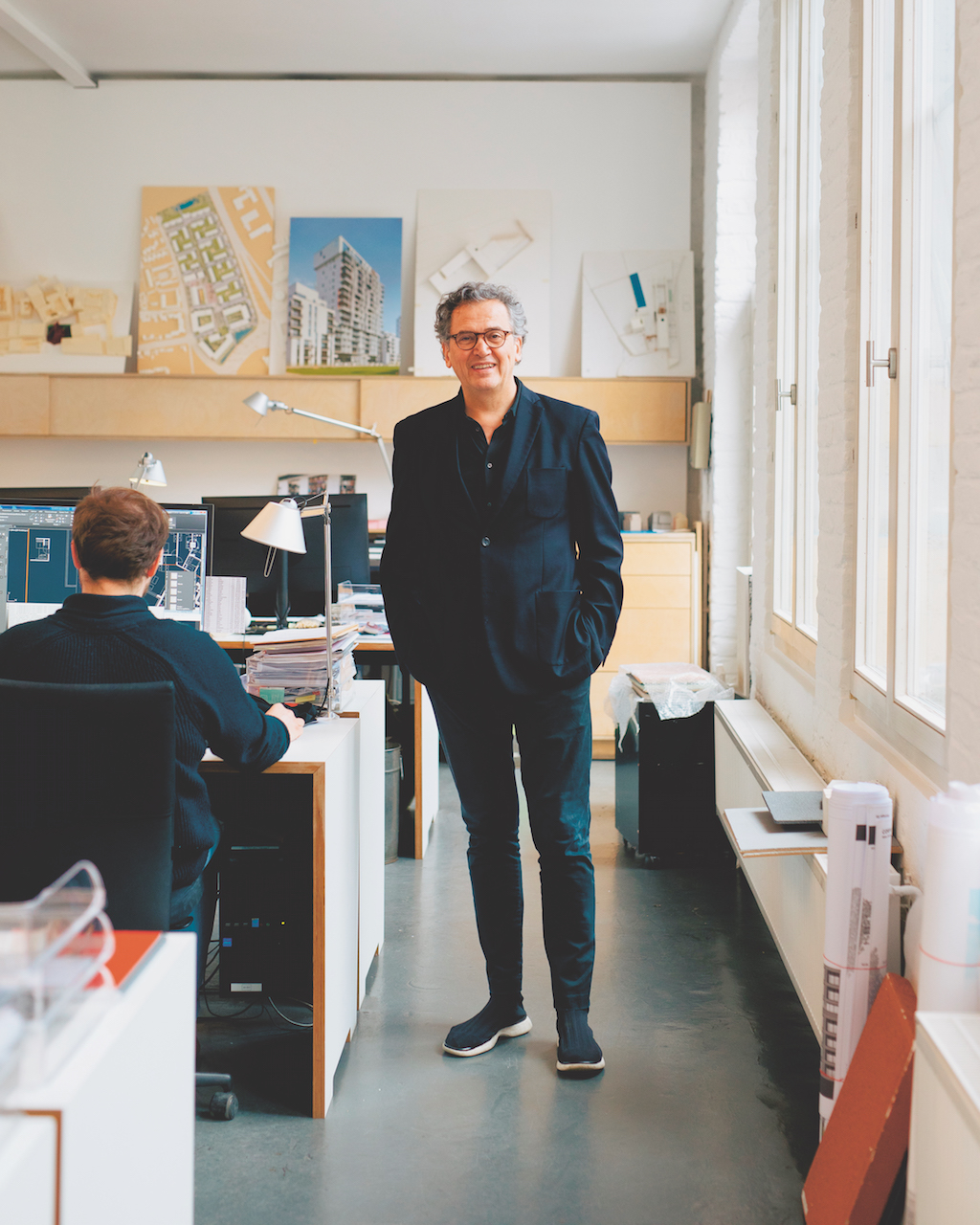
The pavilion, home to the stylish new restaurant Wilma Wunder with its modern German cuisine, is also part of a larger project to reshape the space left behind by the “Millipede” – a highway on slender columns and a symbol of Germany’s car-loving postwar optimism that once went right through the city centre before it was demolished in 2004, when the car traffic was largely redirected underground using a new tunnel system and underground carparks.
“I wanted to recreate the original blueprint of the city with its numerous paths and lanes and update it for the present age”
“[The Millipede] was purely abstract. Instead of connecting with the city, it divided it into separate parts,” says Molestina, whose firm won the contract to redesign this central public space. “To me, it was very important to pick up the network logic of the old Düsseldorf. I wanted to recreate the original blueprint of the city with its numerous paths and lanes and update it for the present age.” Today, shoppers, cyclists and skaters have reconquered the once unwelcoming area between Schadow Arkaden, Kö-Bogen and Schadowstrasse. Düsseldorf, it seems, has found a new way to regenerate and design previously inhospitable spaces through thoughtful planning and encouraging creativity.
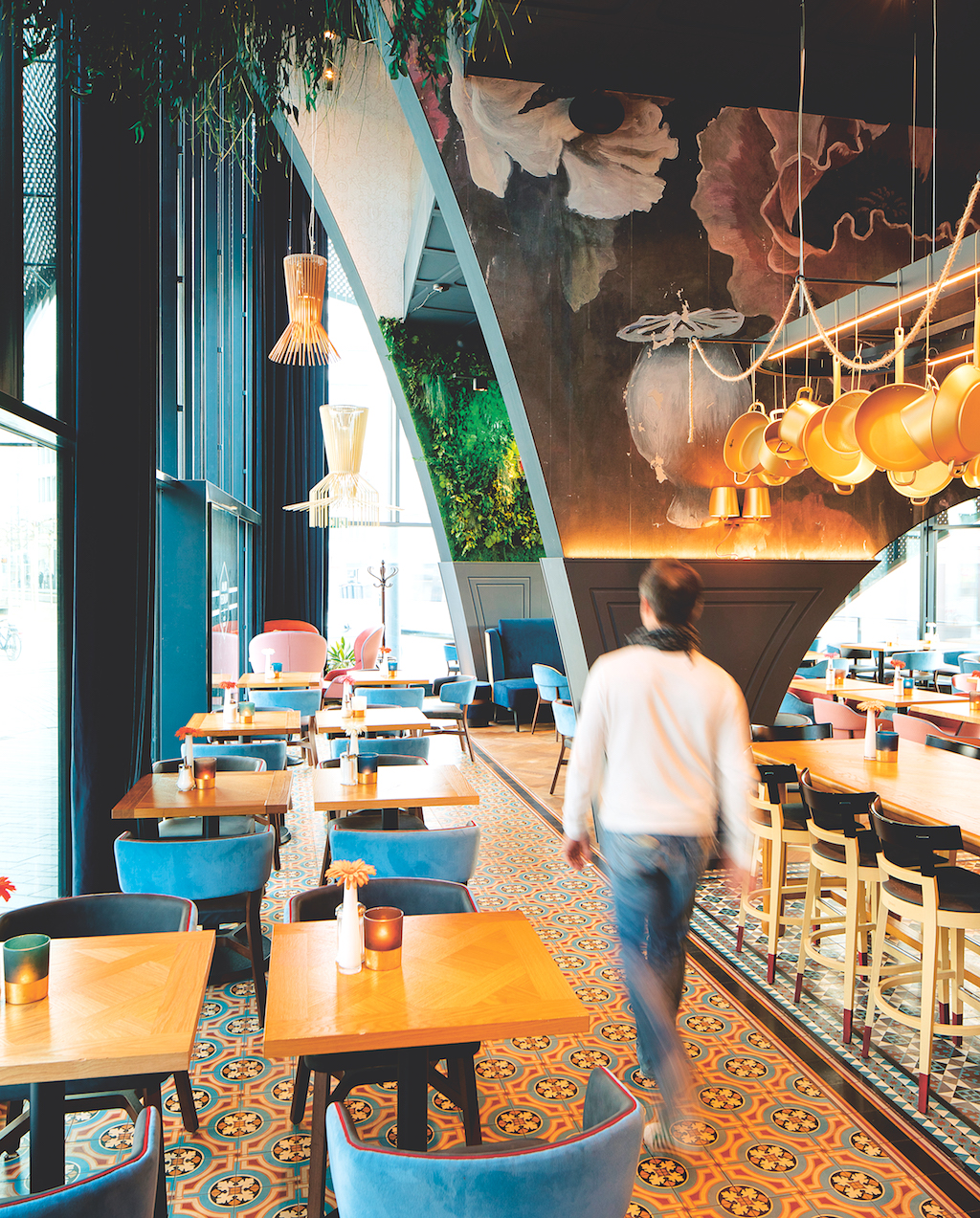
To find the purest example of this approach, you have to leave the surface and venture underground. Running underneath the city centre, connecting District 2 in the east with Carlstadt and Bilk in the south, the new Wehrhahn Line is a gigantic piece of art in itself. For 15 years, artists, engineers and city officials worked together to make the most of a staggering budget of almost one billion euros for two miles of tunnel – the result is a breathtaking six metro stations, each with a different design and art concept.
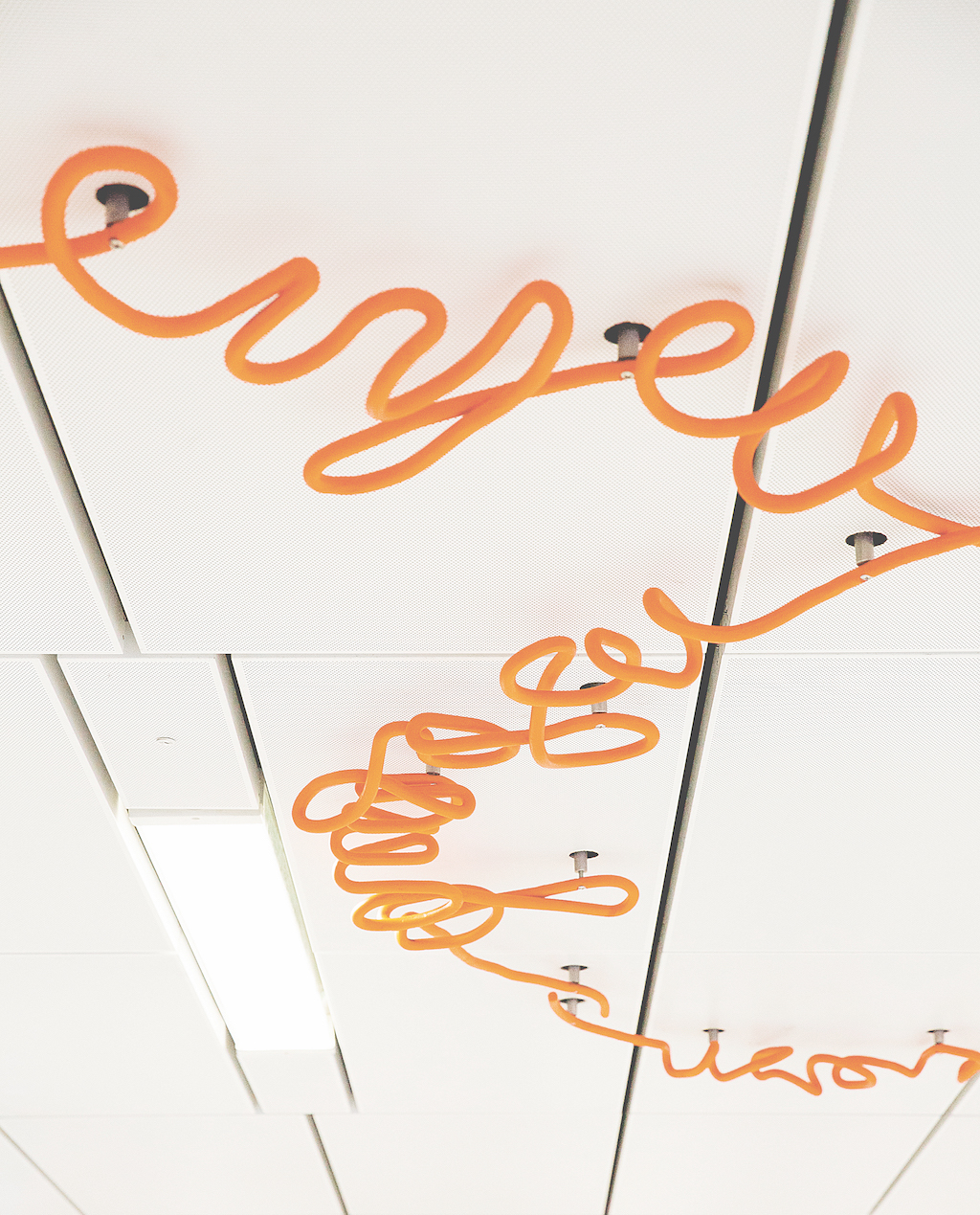
For Kirchplatz station for example, artist Enne Haehnle tied the various areas of the station together with orange-red threads of words running from left to right and floor to ceiling. Meanwhile, Swiss artist Thomas Stricker connected Benrather Strasse station with the edges of the universe through his vertiginous video installation about the solar system.
“We wanted to create a continuum, a single experience that connects one station with another and the surface with the underground,” says Heike Klussmann, the Berlin artist who developed the idea for the Wehrhahn Line together with her partners at design and architecture firm netzwerkarchitekten. “Form, function and art all came together in an unprecedented experiment, [which] was only possible because the city understands itself as a melting pot of the arts,” adds Klussmann. This also led to the decision to keep the Wehrhahn Line free of advertising or shops.
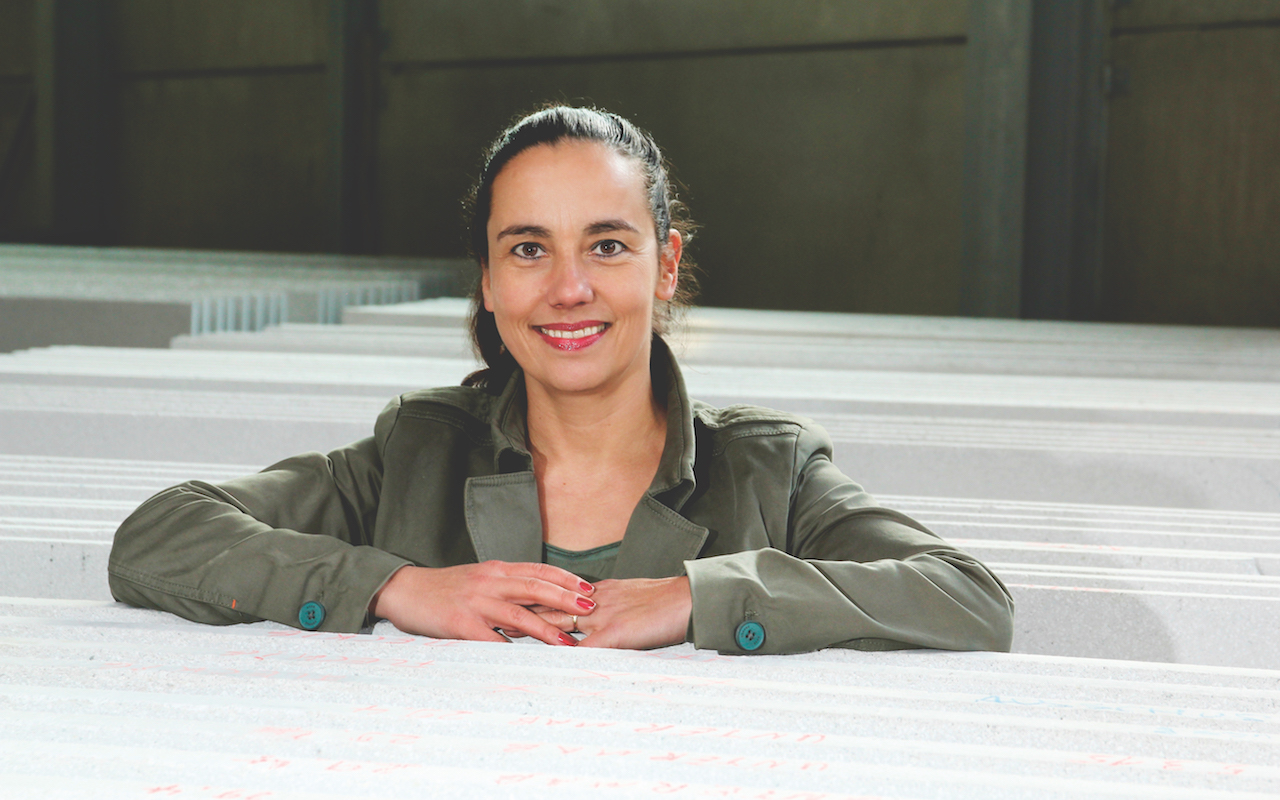
From Wehrhahn station, it’s a 15-minute walk to Flingern. The past two decades have seen the former working-class district make a name for itself thanks to a mushrooming of design boutiques, bars and restaurants such as the cute little Café Hüftgold, with its hearty cuisine and delicious cakes. Some of the most interesting new art venues are situated in Flingern, such as the Philara Collection, which opened in Birkenstrasse in 2016. Just like Art Düsseldorf, the art collection of Düsseldorf-based collector Gil Bronner can be found in an old industrial building – in this case, the site of a former glass factory.
Yet, as with much of the city, there’s a neighbourly feel to the streets. In various cafés located on the ground floors of apartment blocks, creative types sit tapping away on their laptops while drinking coffee or having an early altbier – the dark ale-like brew that the region around Düsseldorf is famous for.
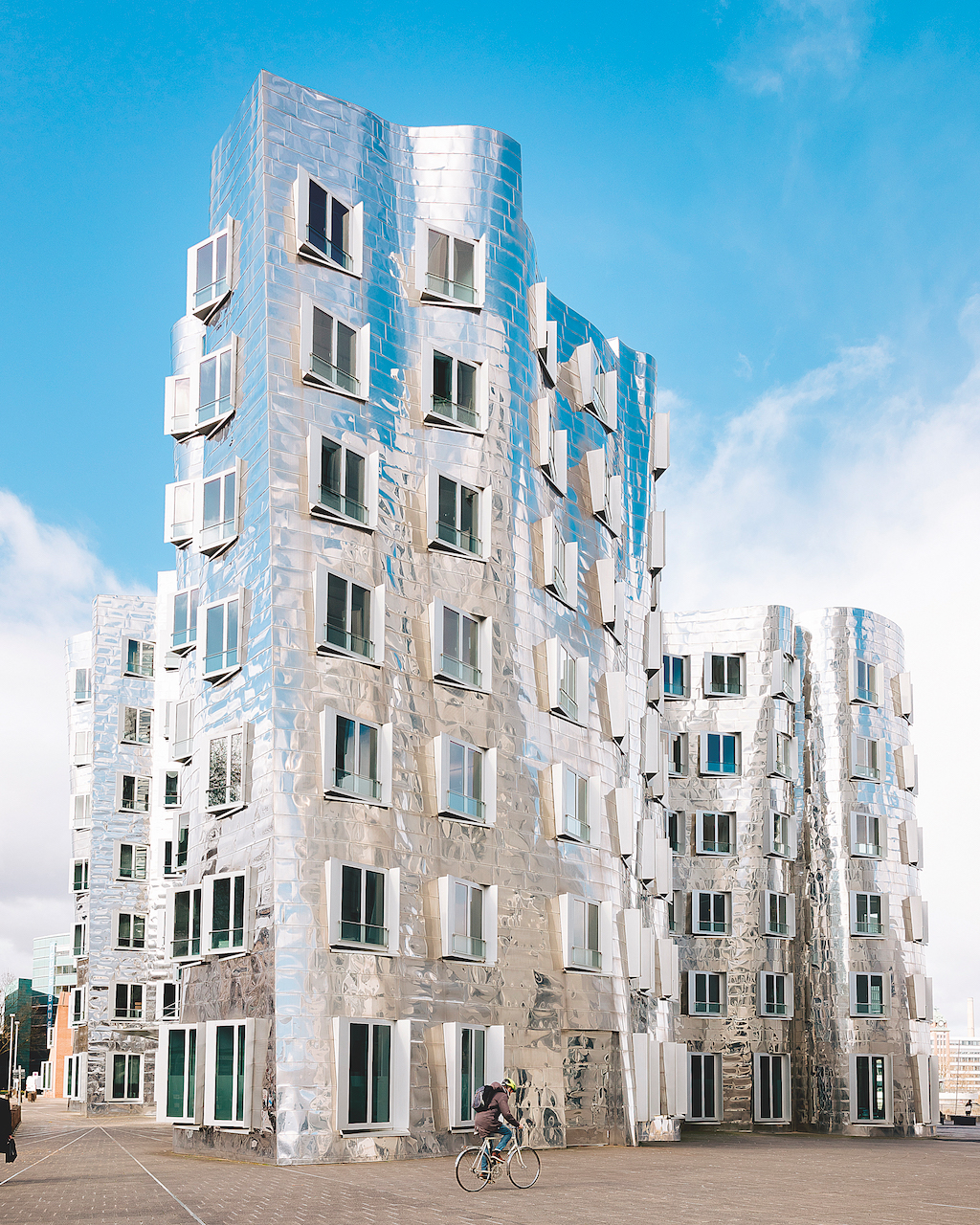
Moritz Wenz has seen Flingern change over the past 20 years. “When I came here in 1998, Flingern looked different. There were plenty of abandoned properties and pubs offering a beer for one Deutschmark,” says Wenz. The forty-something, who’s dressed in baggy jeans and a beanie, is one of Düsseldorf’s best-known product designers. In his eponymous shop at 155 Ackerstrasse, in the heart of Flingern, he showcases accessories, minimalist bags and pocket knives inspired by the region’s long mining and wine-making traditions.
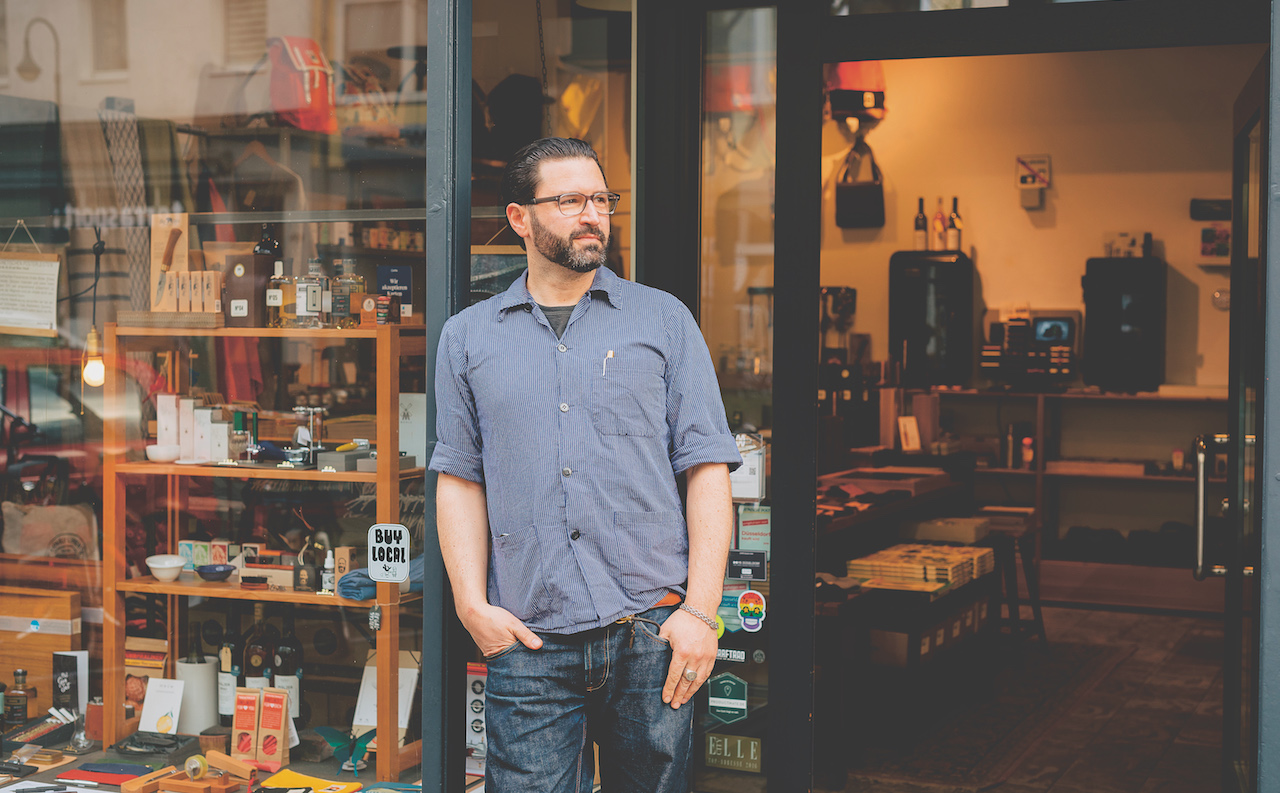
Despite the fact that many of the area’s creatives and institutions are known nationwide or even internationally, Flingern itself has largely remained an insider’s tip. “Just like Düsseldorf, Flingern doesn’t promote its many treasures as much as it could” says Wenz. “At the same time, he likes the village-like feel of the city, where people know each other, and everything is nearby. “It’s in the name already: ‘Düssel-dorf’ means ‘village’ at the river ‘Düssel’. The challenge will be to keep this feeling alive despite the current boom,” Wenz says.
Singapore Airlines flies to Düsseldorf four times weekly. To book a flight, visit singaporeair.com
SEE ALSO: Five must-visit Düsseldorf restaurants for every kind of cuisine
This article was originally published in the May 2019 issue of SilverKris magazine
The post How Düsseldorf transformed into a leading cultural hub appeared first on SilverKris.
from SilverKris
No comments:
Post a Comment